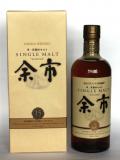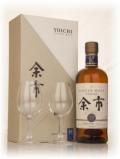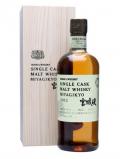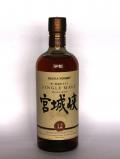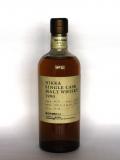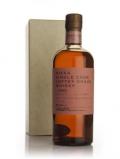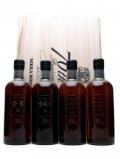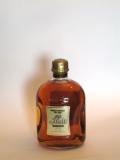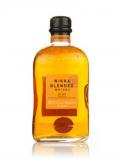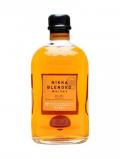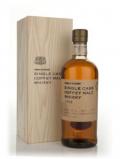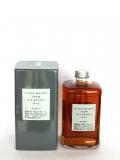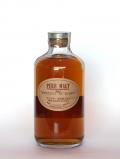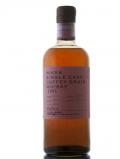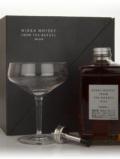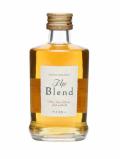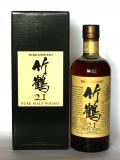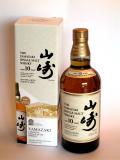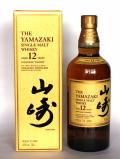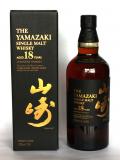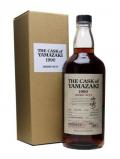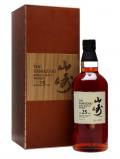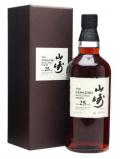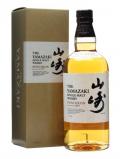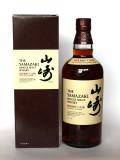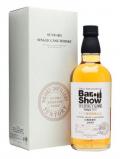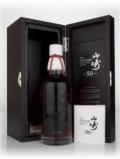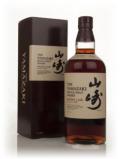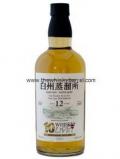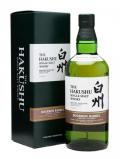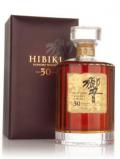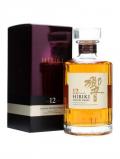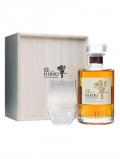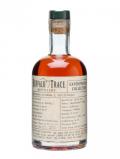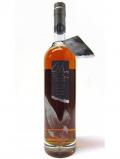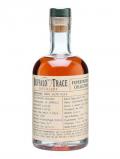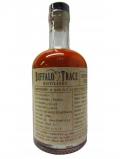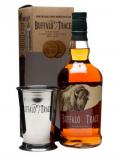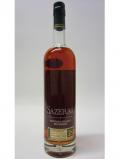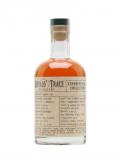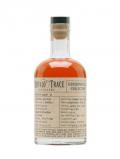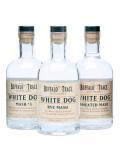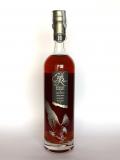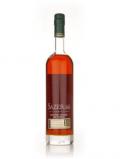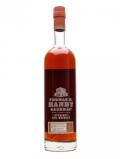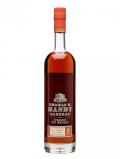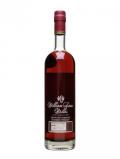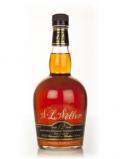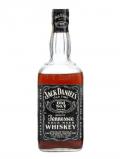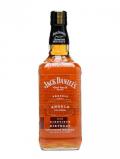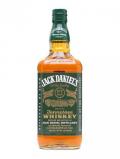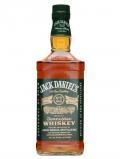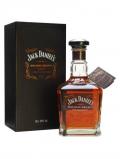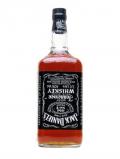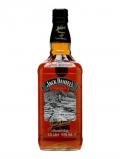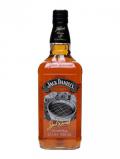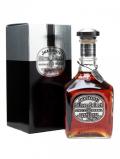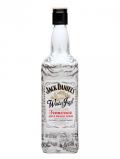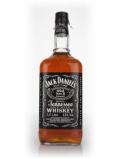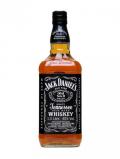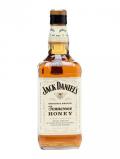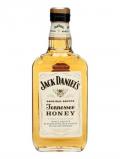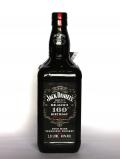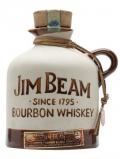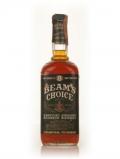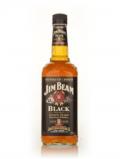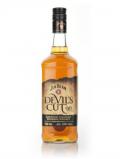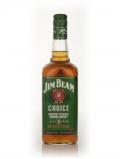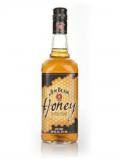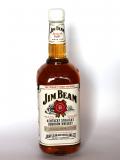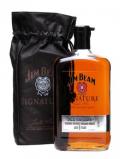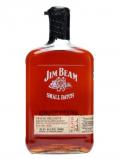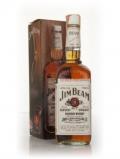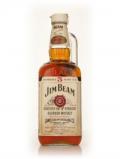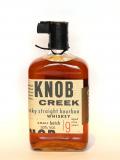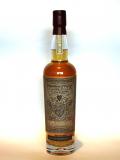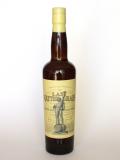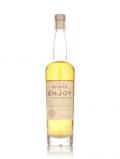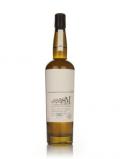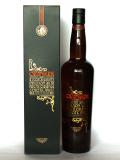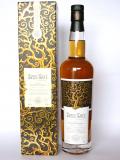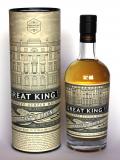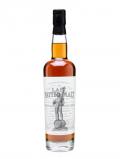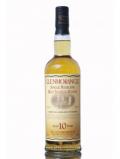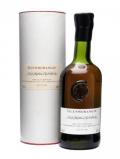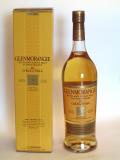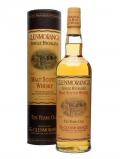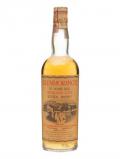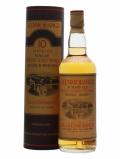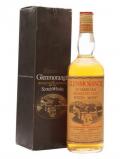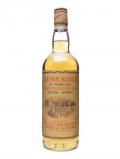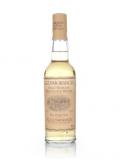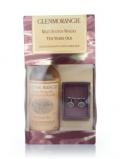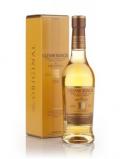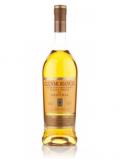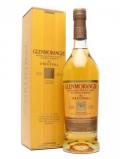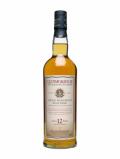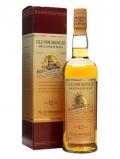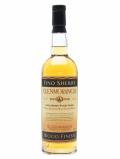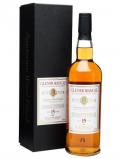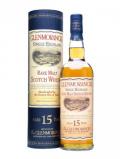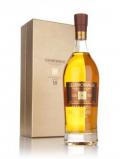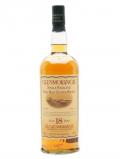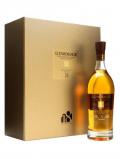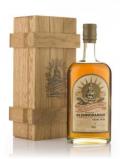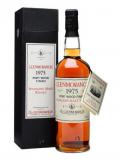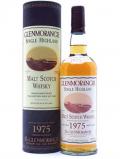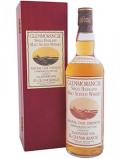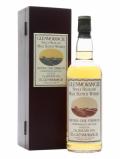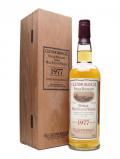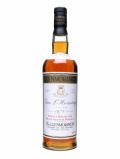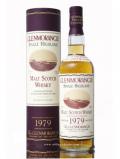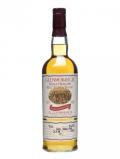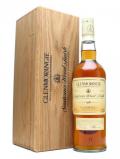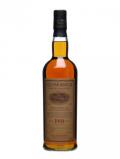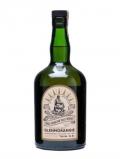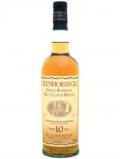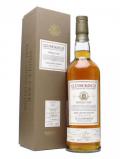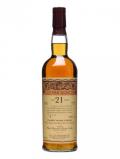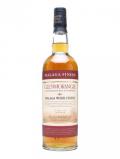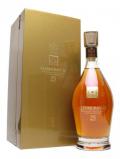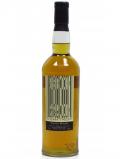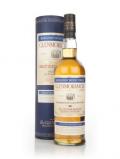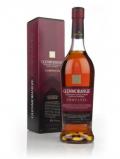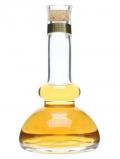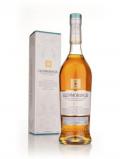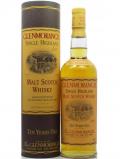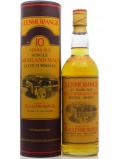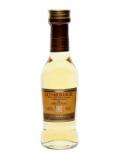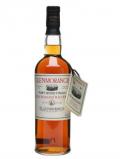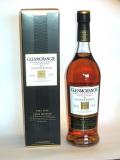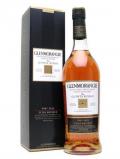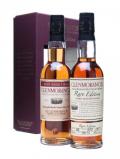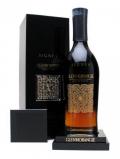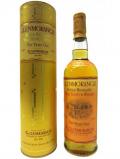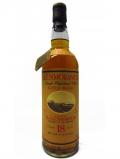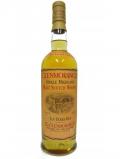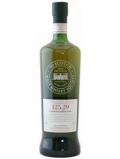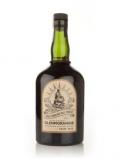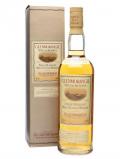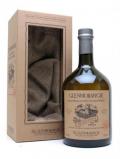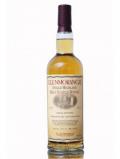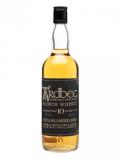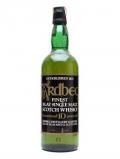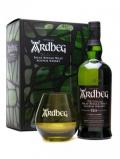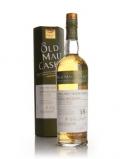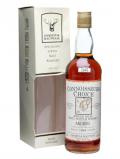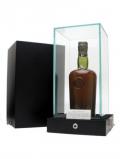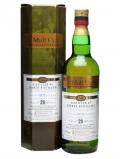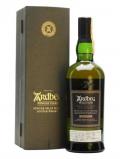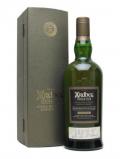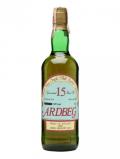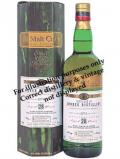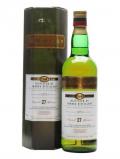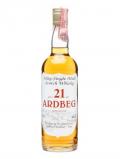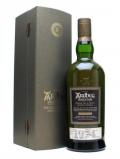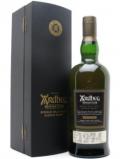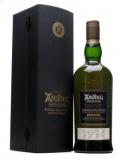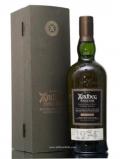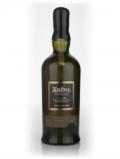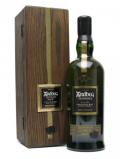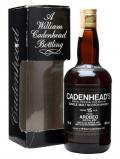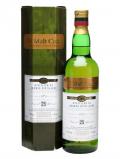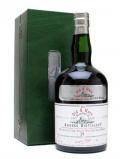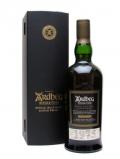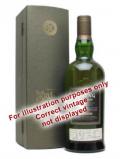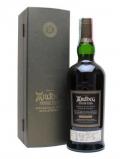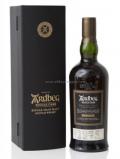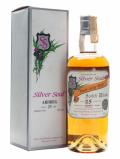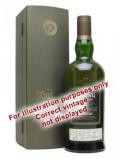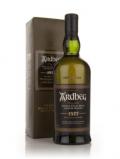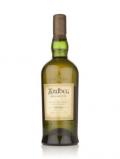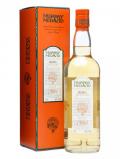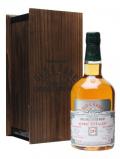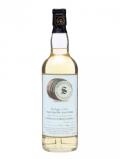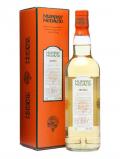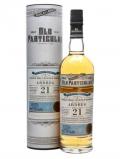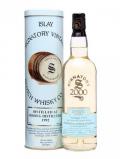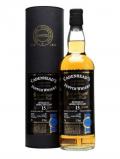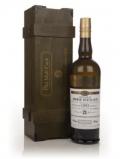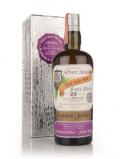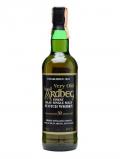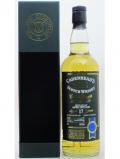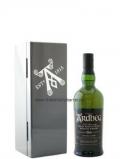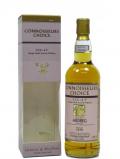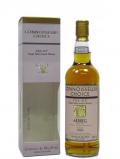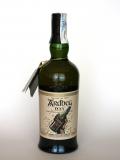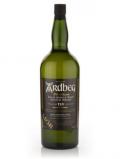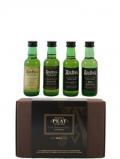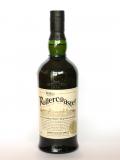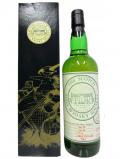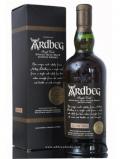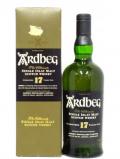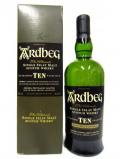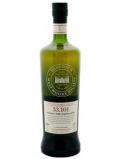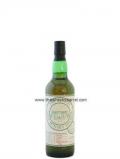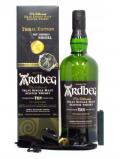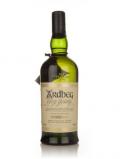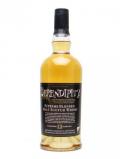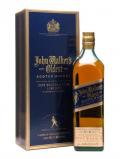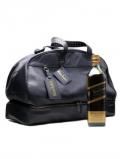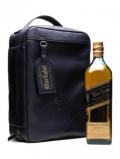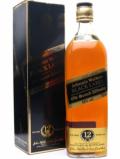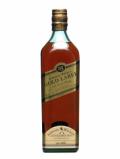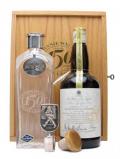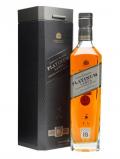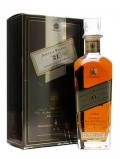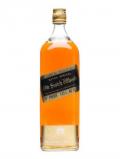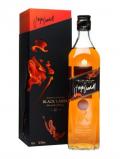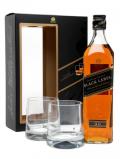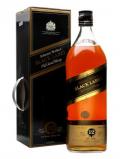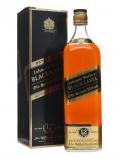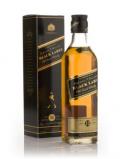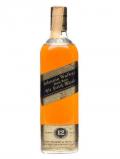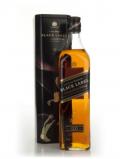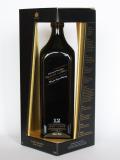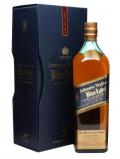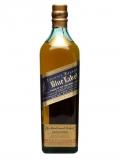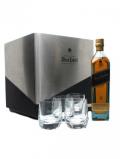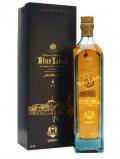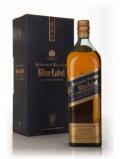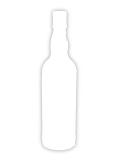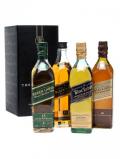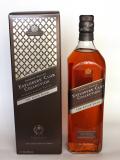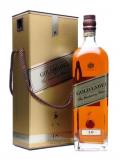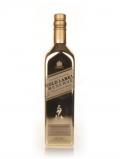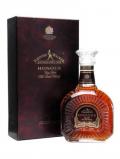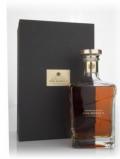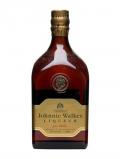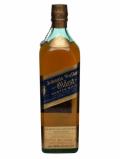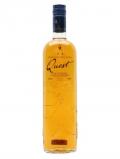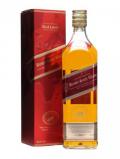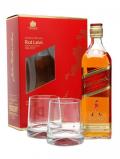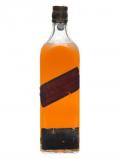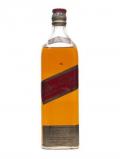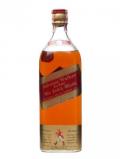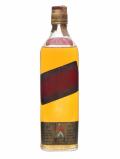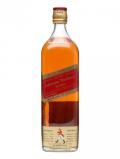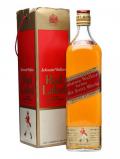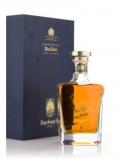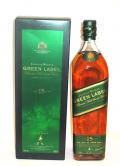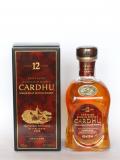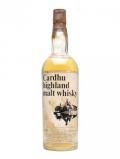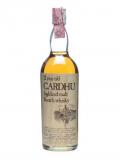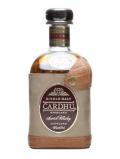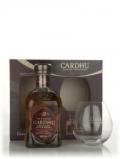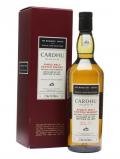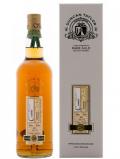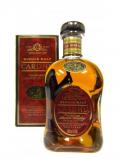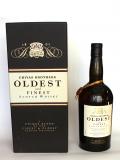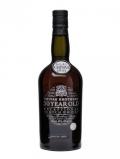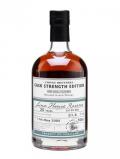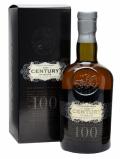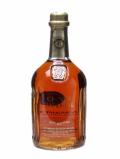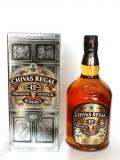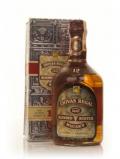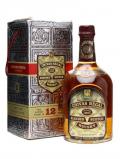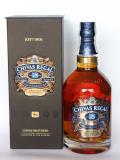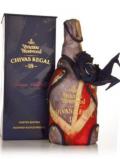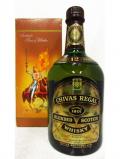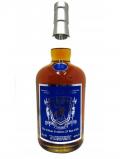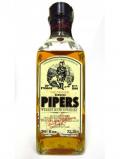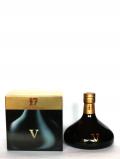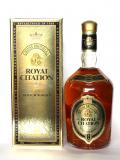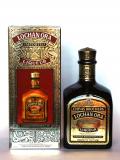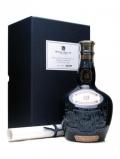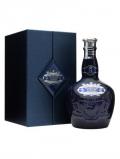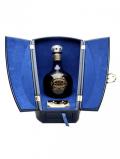Aberlour: Who's afraid of the big sherry monster?
in Featured , AberlourLiving on the shadows of Macallan, Aberlour is one of the best sherry whiskies that are still affordable for you and me

Aberlour is located on Aberlour Town, Speyside, Scotland at the crossing of rivers Lour and Spey near Ben Rinnes.
Aberlour is gaelic for ‘the mouth of the babbling brook’ which probably refers to Saint Drostan’s well, the local spring depicted on the label of all Aberlour whisky.
History
The distillery was founded in 1826 by James Gordon and Peter Weir. The original distillery was destroyed in a fire and rebuilt in 1879 by James Fleming.
In 1892 the distillery was bought by Robert Thorne and sons who rebuilt the distillery and expanded it in 1898 after a second fire.
In 1921 Aberlour was sold to WW Holt and Sons Ltd and purchased from them by S. Campbell in 1945, who expanded the distillery.
In 1962 the floor maltings at the distillery were closed. And eleven years later the distillery was renovated again to add two more stills making 4 in total.
In 1975 Campbell distillers was taken over by Pernod Ricard.
Style
Aberlour whiskies usually have a very high proportion of sherry cask whisky on its vattings, around 25-50%, making it a serious competitor for Macallan.
Some bottles of Aberlour from my collection
-

Aberlour - Batch 1 (That Boutique-y Whisky Company)
-

Aberlour - Batch 2 (That Boutique-y Whisky Company)
-
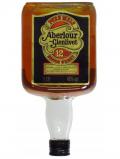
Aberlour 1 13 Litre Bar Edition 12 Year Old
-

Aberlour 10 year
£22.39 -

Aberlour 10 Year Old / Bot.1980s Speyside Single Malt Scotch Whisky
-

Aberlour 10 Year Old / Bot.1980s Speyside Single Malt Scotch Whisky
-

Aberlour 10 Year Old / Bot.1980s Speyside Single Malt Scotch Whisky
£99.95 -
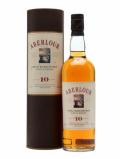
Aberlour 10 Year Old / Bot.1990s / 40% / 70cl
£44.95 -

Aberlour 10 Year Old / Bot.1990s Speyside Single Malt Scotch Whisky
-
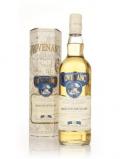
Aberlour 10 Year Old 1996 - Provenance (Douglas Laing)
-
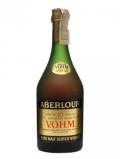
Aberlour 10 Year Old V.O.H.M Speyside Single Malt Scotch Whi
-

Aberlour 10 Year Old VOHM / 1980s Speyside Single Malt Scotch Whisky
£250.00 -

Aberlour 10 year Sherry Finish
£34.95 -

Aberlour 100 Proof / Litre Speyside Single Malt Scotch Whisky
£275.00 -
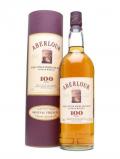
Aberlour 100 Proof Speyside Single Malt Scotch Whisky
£275.00 -

Aberlour 100 Scotch Whisky 12 Year Old
-

Aberlour 12 Year Old / Bot.1980s Speyside Single Malt Scotch Whisky
-

Aberlour 12 Year Old / Double Cask Matured Speyside Whisky
£35.95 -

Aberlour 12 Year Old / Non Chill-Filtered Speyside Whisky
£39.55 -
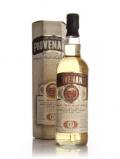
Aberlour 12 Year Old 1996 - Provenance (Douglas Laing)
-

Aberlour 12 Year Old 2000 Cask 9340 - Old Malt Cask (Douglas Laing)
-

Aberlour 12 Year Old VOHM / Bot. 1980's Speyside Whisky
-
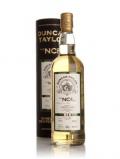
Aberlour 14 Year Old 1995 - NC2 (Duncan Taylor)
-

Aberlour 15 Year Old
-

Aberlour 15 Year Old / Cuvée Marie d'Ecosse Speys
-

Aberlour 15 Year Old / Double Cask Matured Speyside Whisky
£71.35 -

Aberlour 15 Year Old / Select Cask Reserve Speyside Whisky
£45.00 -
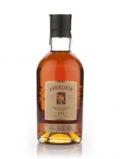
Aberlour 16 Year Old
£42.19 -

Aberlour 16 Year Old / Double Cask Speyside Single Malt Scotch Whisky
£45.45 -

Aberlour 17 Year Old - Single Cask (Master of Malt)
-

Aberlour 17 Year Old 1990 - Old Malt Cask (Douglas Laing)
-

Aberlour 17 Year Old 1993 - Rare Auld (Duncan Taylor)
-

Aberlour 18 Year Old
£70.87 -
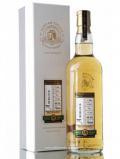
Aberlour 18 Year Old / Dimensions / 1993
£68.60 -

Aberlour 18 Year Old 1994 - Strictly Limited (Carn Mor)
-

Aberlour 18 Year Old 1997 - Dimensions (Duncan Taylor)
-

Aberlour 19 Year Old 1990 - Cask Strength Collection (Signat
-

Aberlour 19 Year Old 1990 Cask 101773 - Cask Strength Collection (Signatory)
-

Aberlour 19 Year Old 1990 Cask 101774 - Cask Strength Collection (Signatory)
-

Aberlour 19 Year Old 1990 Cask 101776 - Cask Strength Collection (Signatory)
-
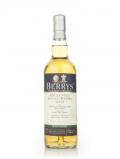
Aberlour 19 Year Old 1992 (Berry Brothers and Rudd)
-
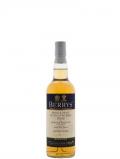
Aberlour 19 Year Old Sherry Cask Berry Bros& Rudd Berry Bros & Rudd
-

Aberlour 1964 / 25 Year Old Speyside Single Malt Scotch Whis
£999.00 -
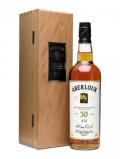
Aberlour 1966 / 30 Year Old / Sherry Cask Speyside Whisky
£999.00 -

Aberlour 1967 / Travel Set with Crystal Glasses Speyside Whisky
£6,750.00 -

Aberlour 1970 / 21 Years Old / Bot.1991 Speyside Whisky
£399.00 -

Aberlour 1970 / 31 Year Old Speyside Single Malt Scotch Whisky
-

Aberlour 1970 / The Lombard Collection Speyside Whisky
£199.00 -

Aberlour 1975 / 30 Year Old Speyside Single Malt Scotch Whisky
-
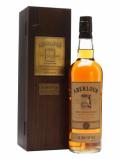
Aberlour 1976 / 22 Year Old Speyside Single Malt Scotch Whisky
£399.00 -

Aberlour 1980 / 22 Year Old Speyside Single Malt Scotch Whisky
£399.00 -

Aberlour 1980 / 25 Year Old / Cask# 12293 Speyside Whisky
-
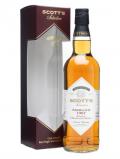
Aberlour 1987 / Scott's Selection Speyside Single Malt Scotch Whisky
-

Aberlour 1988 (Berry Brothers and Rudd)
-

Aberlour 1988 / 25 Year Old / Old Malt Cask 15th Anniversary Speyside Whisky
£125.60 -

Aberlour 1989 Dunnage Matured
-

Aberlour 1989 Millennium Speyside Single Malt Scotch Whisky
£49.95 -
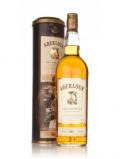
Aberlour 1990
-

Aberlour 1990 / 20 Year Old / Single Malts of Scotland Speyside Whisky
-

Aberlour 1990 / 22 Year Old / Single Malts of Scotland Speyside Whisky
£86.95 -

Aberlour 1990 Speyside Single Malt Scotch Whisky
-

Aberlour 1992 / 16 Year Old Speyside Single Malt Scotch Whis
£45.45 -
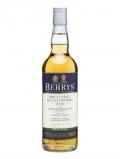
Aberlour 1992 / 19 Year Old / Cask #3919 / Berry Brothers Speyside Whisky
-

Aberlour 1992 / 19 Year Old / Cask #3919 / Berry Brothers Speyside Whisky
-

Aberlour 1993 / 14 Year Old / Sherry Cask #3163 Speyside Whisky
-

Aberlour 1993 / 14 Year Old / Sherry Cask #3163 Speyside Whisky
-
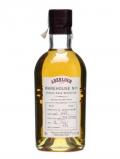
Aberlour 1993 / Bourbon Cask Speyside Single Malt Scotch Whisky
-
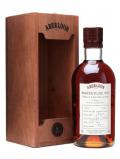
Aberlour 1993 / Sherry Cask
-

Aberlour 20 Year Old - Single Cask (Master of Malt)
-

Aberlour 20 Year Old 1990 - Old Malt Cask (Douglas Laing)
-

Aberlour 20 Year Old 1990 Cask 101778 - Cask Strength Collection (Signatory)
-

Aberlour 20 Year Old 1990 Cask 101779 - Cask Strength Collection (Signatory)
-
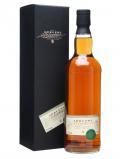
Aberlour 2000 / 11 Year Old / Cask #3070 Speyside Whisky
-

Aberlour 21 Year Old 1990 - Old Malt Cask (Douglas Laing)
-
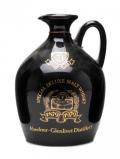
Aberlour 21 Year Old Centenary Ceramic Speyside Whisky
-

Aberlour 25 Year Old 1988 (cask 9967) - Directors' Cut (Douglas Laing)
-
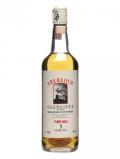
Aberlour 5 Year Old / Bot.1980s Speyside Single Malt Scotch Whisky
£89.95 -

Aberlour 8 Year Old / Bot.1960s Speyside Single Malt Scotch Whisky
£399.00 -

Aberlour A Bunadh
-
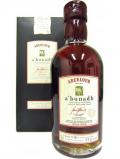
Aberlour A Bunadh Batch 16
-

Aberlour A'bunadh 12 Year Old / Silver Label Speyside Wh
£375.00 -

Aberlour a'Bunadh - No Batch
-

Aberlour A'Bunadh / Batch 38 Speyside Single Malt Scotch Whisky
-

Aberlour A'bunadh / Batch 48 Speyside Single Malt Scotch Whisky
£39.45 -

Aberlour A'bunadh batch 17
-

Aberlour a'Bunadh Batch 19
-
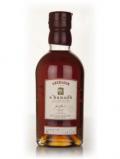
Aberlour a'Bunadh Batch 20
-

Aberlour a'Bunadh Batch 22
-
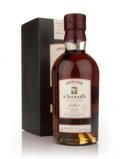
Aberlour a'Bunadh Batch 24
-

Aberlour a'Bunadh Batch 25
-

Aberlour a'Bunadh Batch 26
-
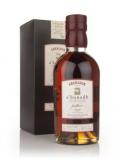
Aberlour a'Bunadh Batch 28
-

Aberlour a'Bunadh Batch 29
-
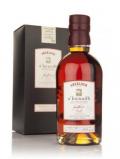
Aberlour a'Bunadh Batch 30
-

Aberlour a'Bunadh Batch 31
-
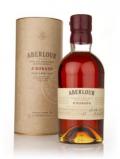
Aberlour a'Bunadh Batch 32
-

Aberlour a'Bunadh Batch 33
-

Aberlour a'Bunadh Batch 34
-

Aberlour A'Bunadh Batch 35
-

Aberlour a'Bunadh Batch 36
-

Aberlour a'Bunadh Batch 37
-

Aberlour a'Bunadh Batch 38
-
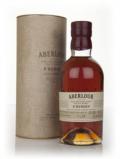
Aberlour a'Bunadh Batch 39
£39.06 -

Aberlour a'Bunadh Batch 42
-

Aberlour a'Bunadh Batch 44
-

Aberlour a'Bunadh Batch 46
£65.00 -
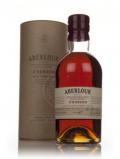
Aberlour a'Bunadh Batch 47
£44.95 -

Aberlour Antique Speyside Single Malt Scotch Whisky
£175.00 -

Aberlour Authentic Collection 1989 21 Year Old
-
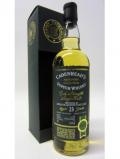
Aberlour Authentic Collection 1989 23 Year Old
-

Aberlour A'bunadh Batch 40
-
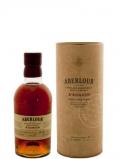
Aberlour A'bunadh Batch 41
-

Aberlour a'Bunadh Batch 45
-

Aberlour Cadenhead Small Batch 1989 23 Year Old
-

Aberlour Glenlivet 9 Year Old / 1970s Speyside Whisky
£185.00 -

Aberlour Glenlivet Single Highland Malt 1970 21 Year Old
-

Aberlour Pure Highland Malt Scotch 10 Year Old
-

Aberlour Pure Single Highland Malt 16 Year Old
-

Aberlour Pure Single Speyside Malt 1966 30 Year Old
-

Aberlour Sherry Wood Finish 15 Year Old
-

Aberlour Single Cask Scotch Whisky 1991 18 Year Old
-

Aberlour Single Cask Selection 1989 13 Year Old
-
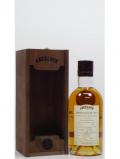
Aberlour Single Cask Selection 2752 1985 23 Year Old
-
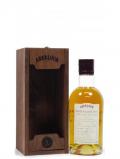
Aberlour Single Cask Selection 4427 1995 14 Year Old
-
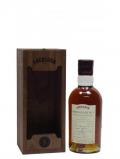
Aberlour Single Cask Selection 6041 1994 15 Year Old
-

Aberlour Single Highland Malt 1 Litre 10 Year Old
-
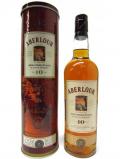
Aberlour Single Highland Malt Scotch Old Style 10 Year Old
-

Aberlour Spirit Of The Festival 2010 1995 15 Year Old
-

Aberlour Warehouse No 1 1996 16 Year Old
-

Aberlour-Glenlivet 12 Year Old / Bot. 1980's Speyside Wh
£150.00 -

Aberlour-Glenlivet 18 Year Old / Bot.1980s / Cadenhead's Speyside Whisky
£499.00 -

Aberlour-Glenlivet 1964 / 8 Year Old / Bot.1970s Speyside Whisky
-

Aberlour-Glenlivet 1965 / 8 Year Old Speyside Whisky
£325.00 -
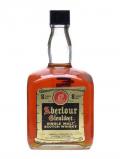
Aberlour-Glenlivet 8 Year Old / Bot.1980s Speyside Whisky
£225.00 -

Aberlour-Glenlivet 8 Year Old Speyside Single Malt Scotch Whisky
£175.00 -

Aberlour-Glenlivet 9 Year Old / Bot.1970s Speyside Whisky
-

Aberlour-Glenlivet Centenary Crystal / Pale
£699.00
 Share your thoughts!
Share your thoughts! 









